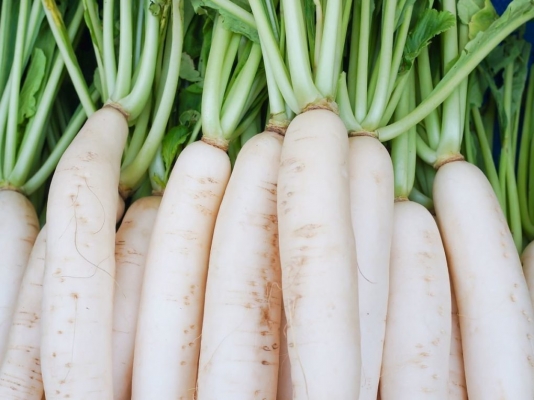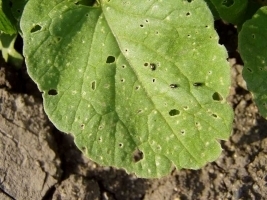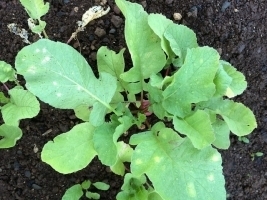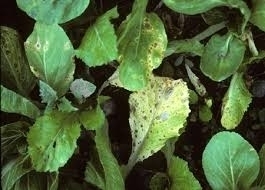General Information
Radish, edible root vegetable belongs to family of "cruciferae" and its origin is in Mediterranean. It is crop of tropical and temperate region. It is a quick growing annual or biannual herb. Its edible roots are having different color from white to red. West Bengal, Bihar, Uttar Pradesh, Karnataka, Punjab and Assam are major radish growing states. Redish is good source of vitamin B6, calcium, copper, mangesium and riboflavin. Also it is rich in ascorbic acid, folic acid and potassium. Fatehabad, Sonipat, Yamuna nagar, Karnal, Ambala are major radish growing districts of Haryana.














